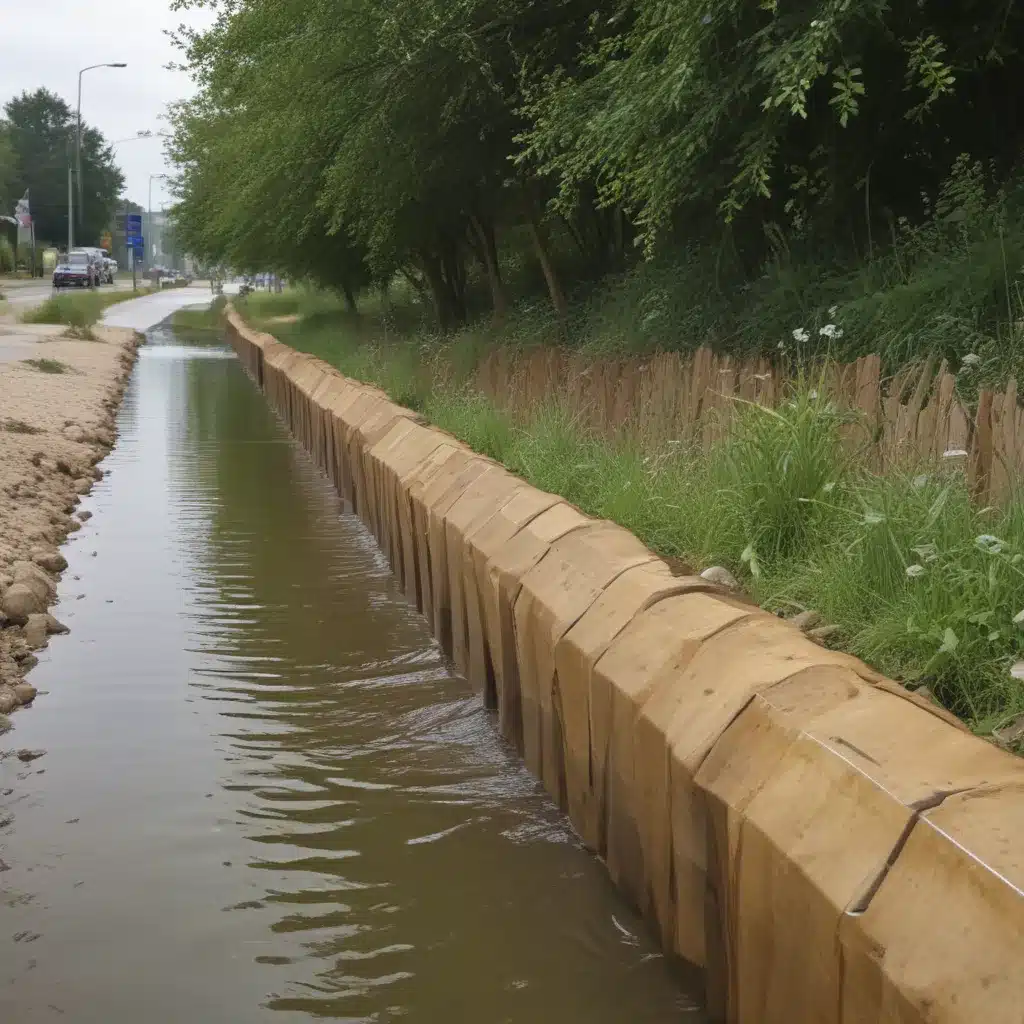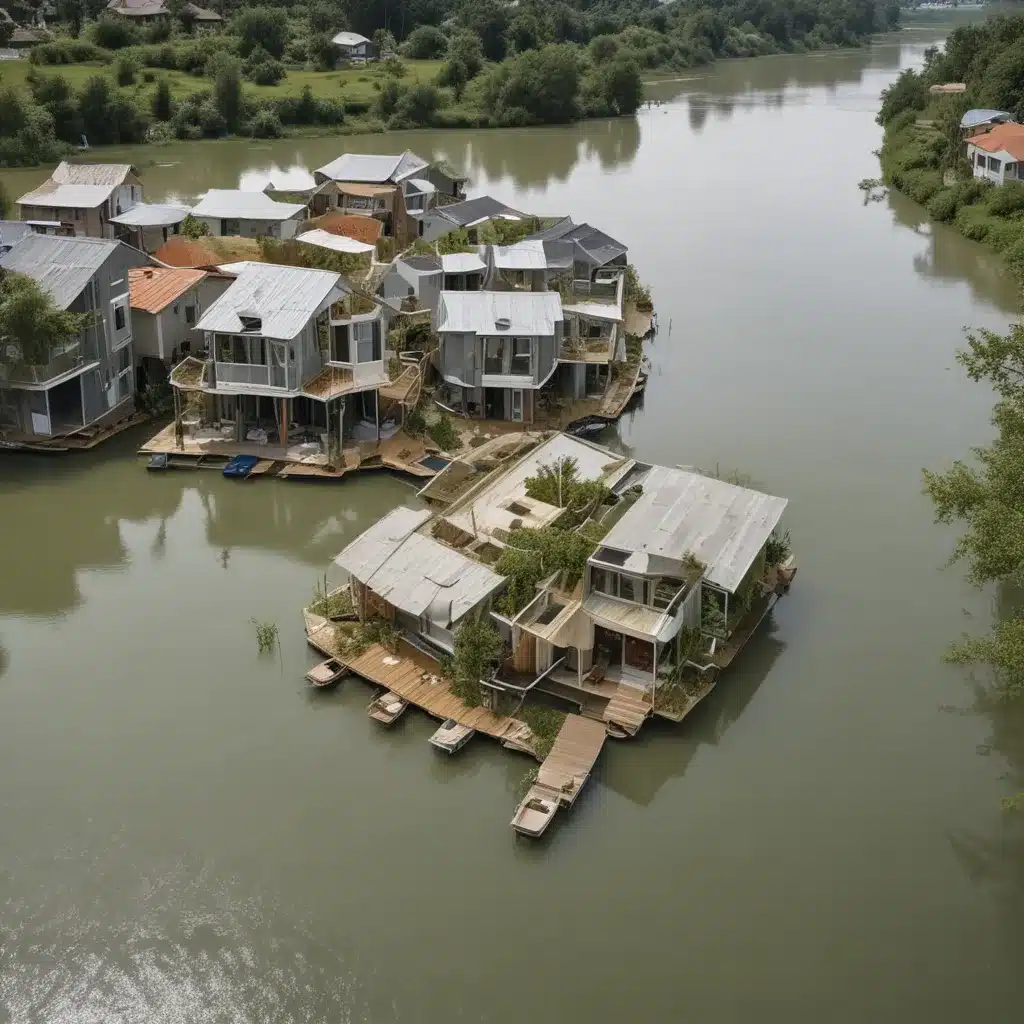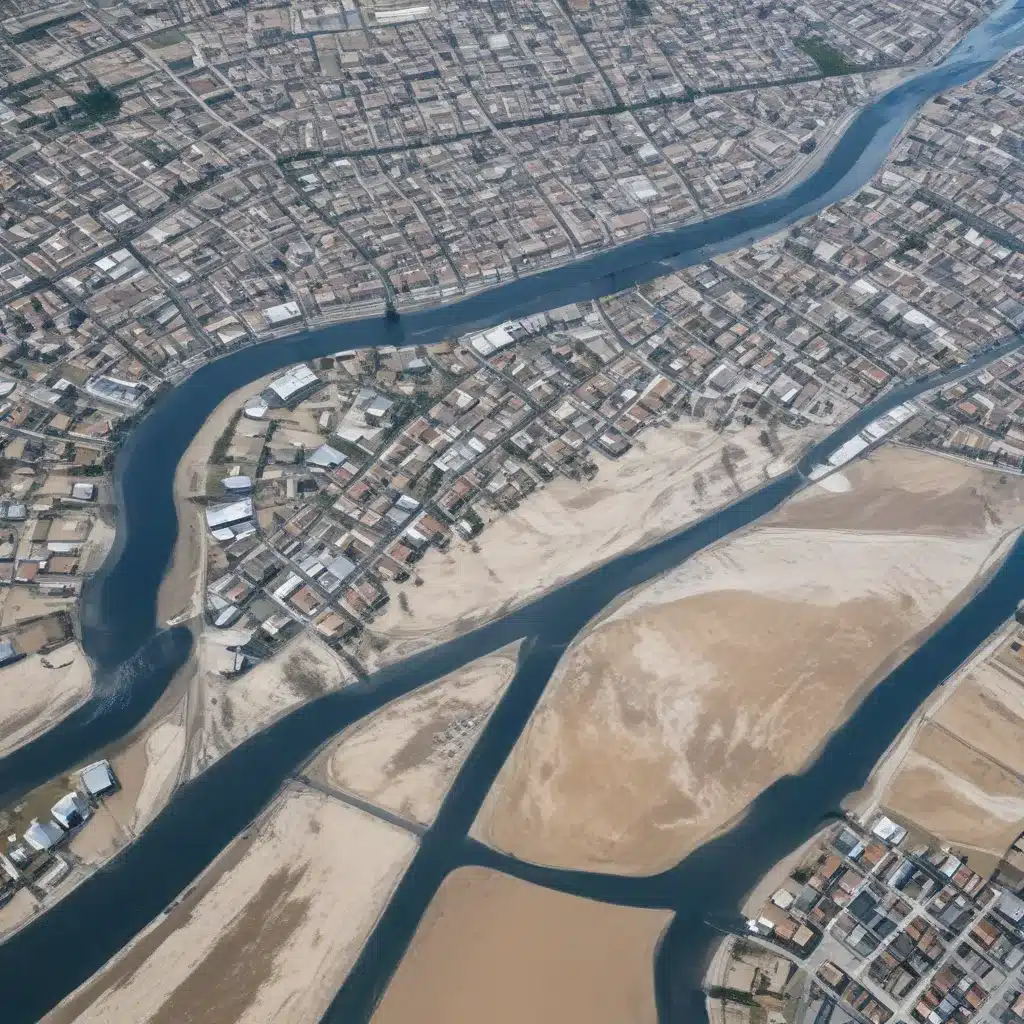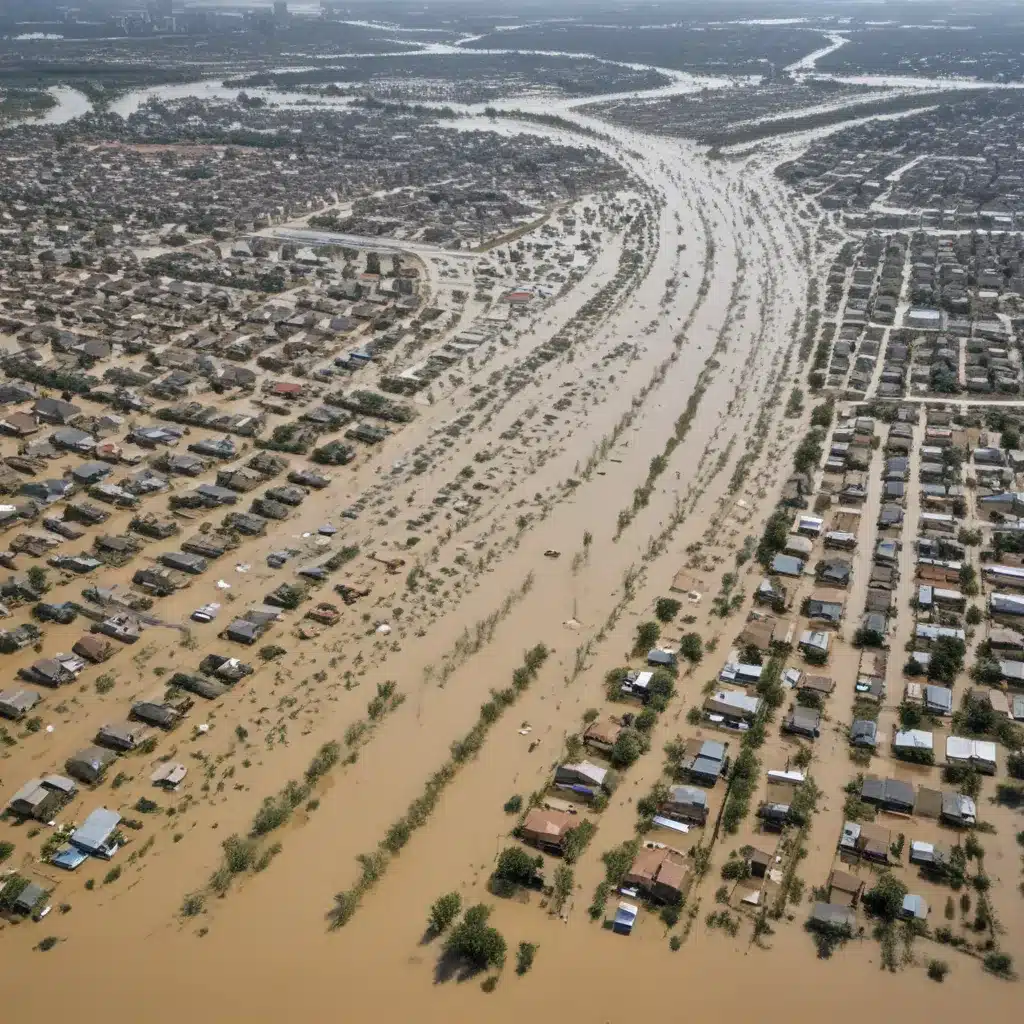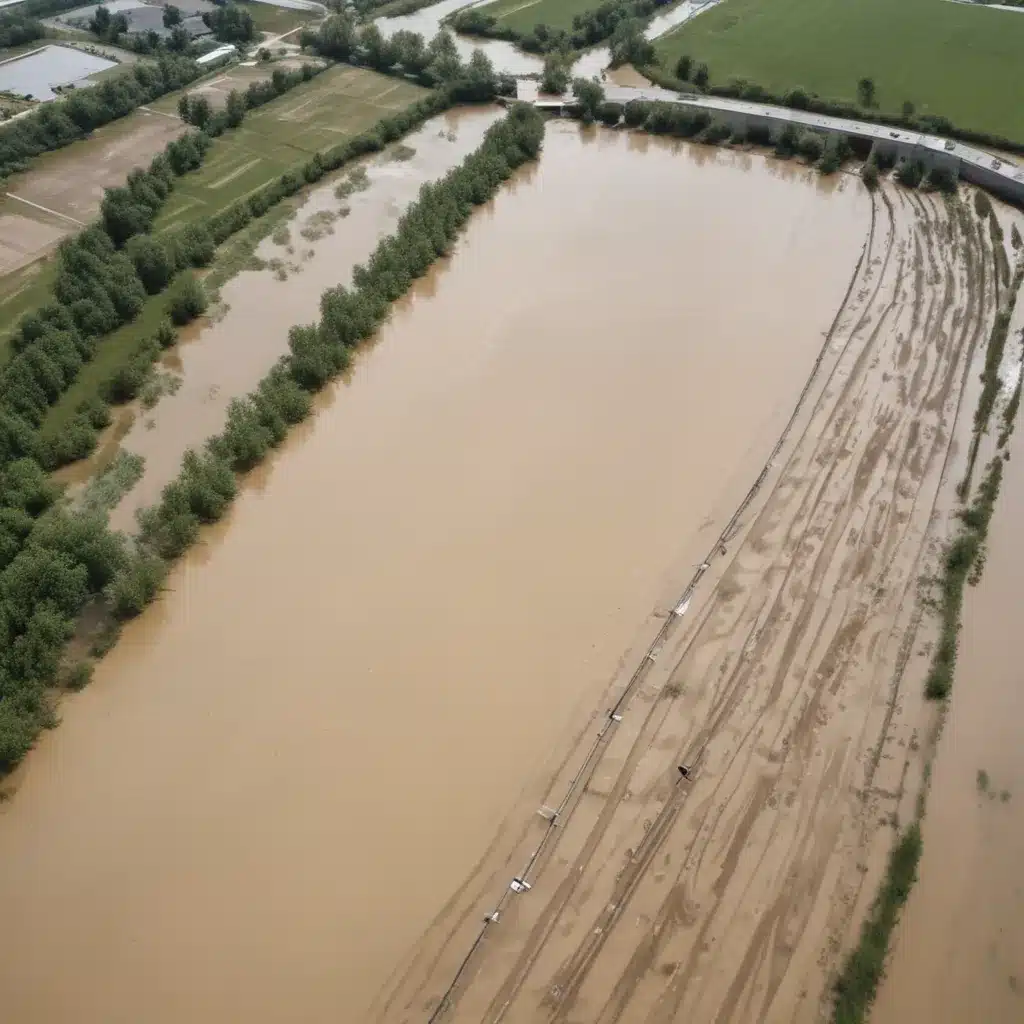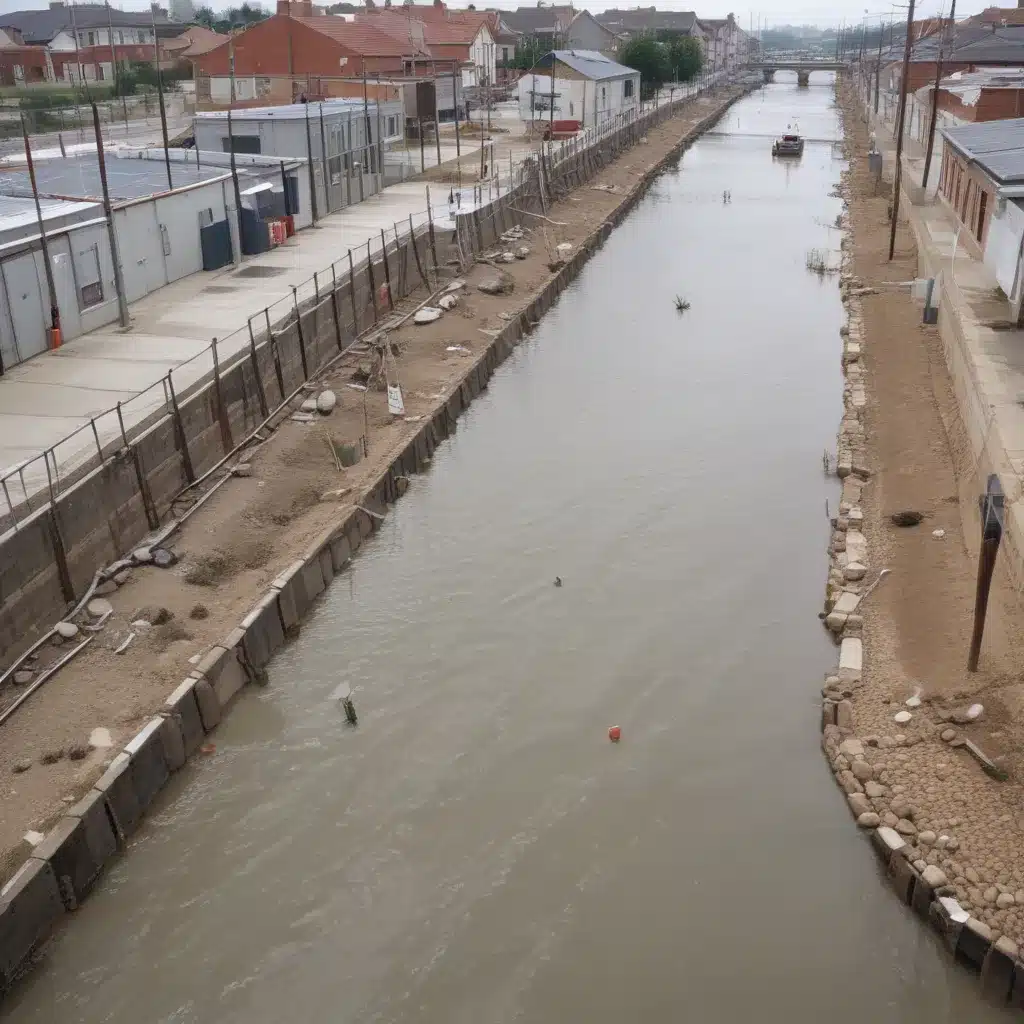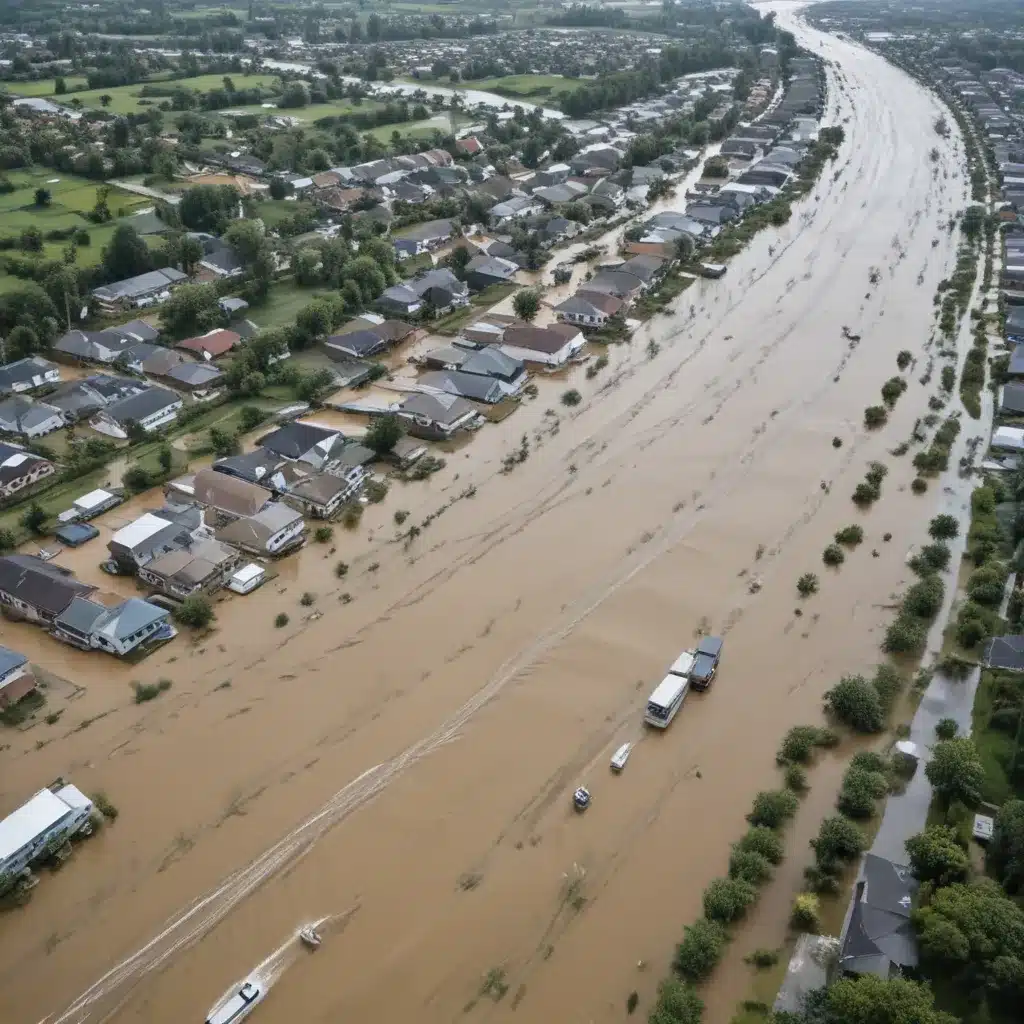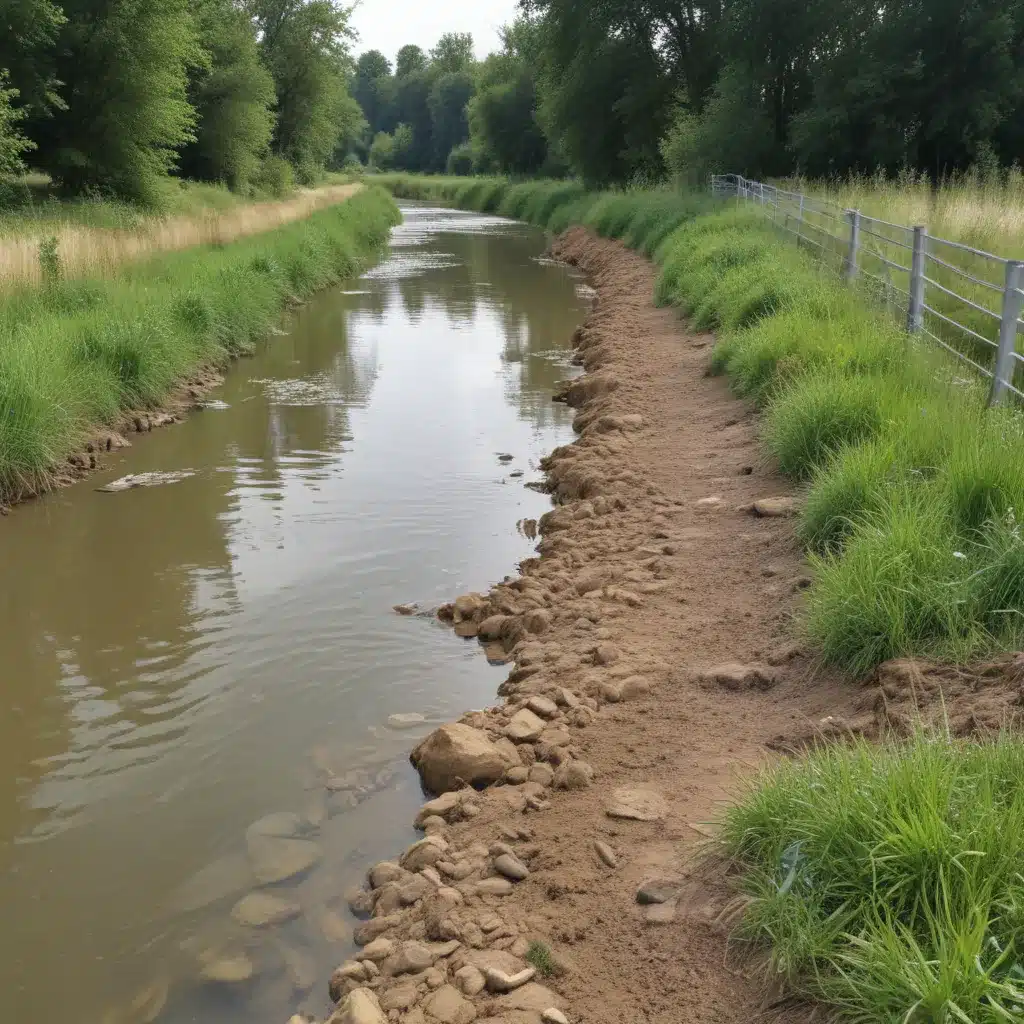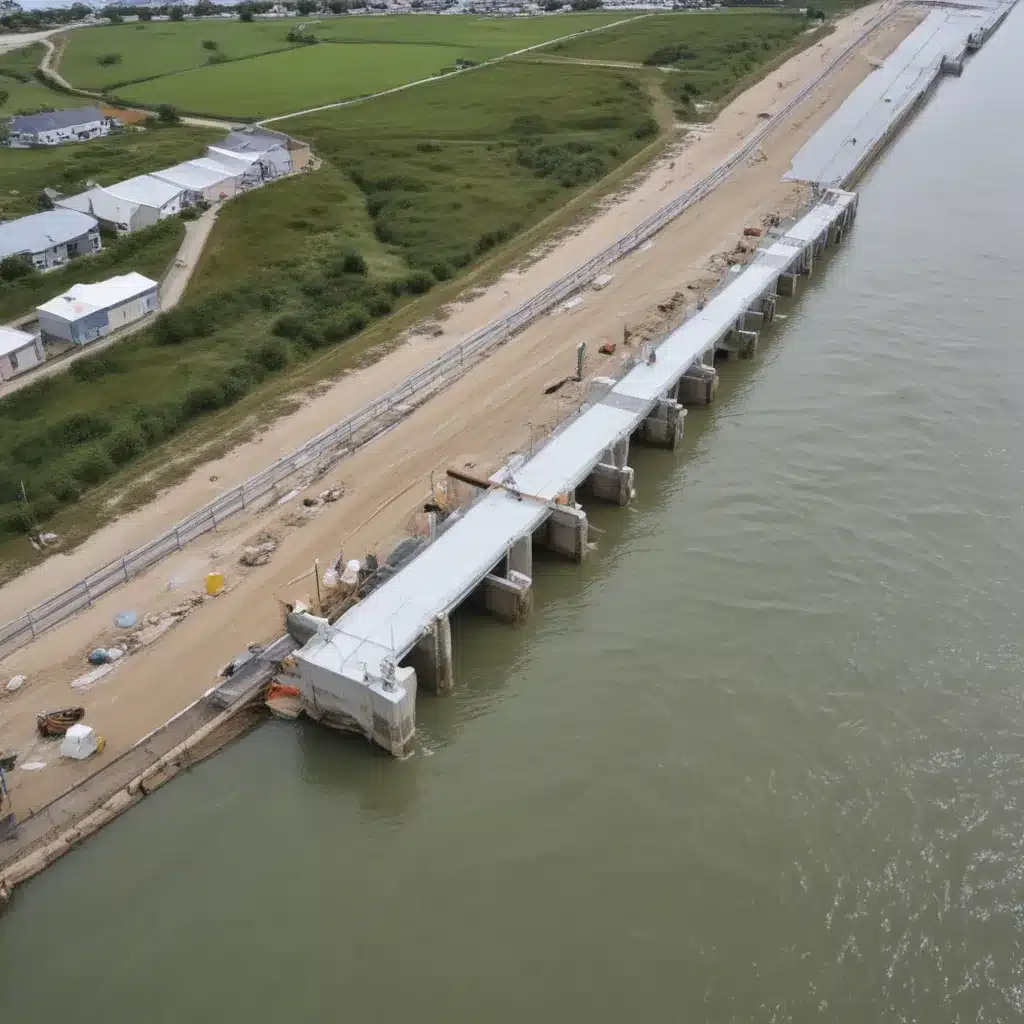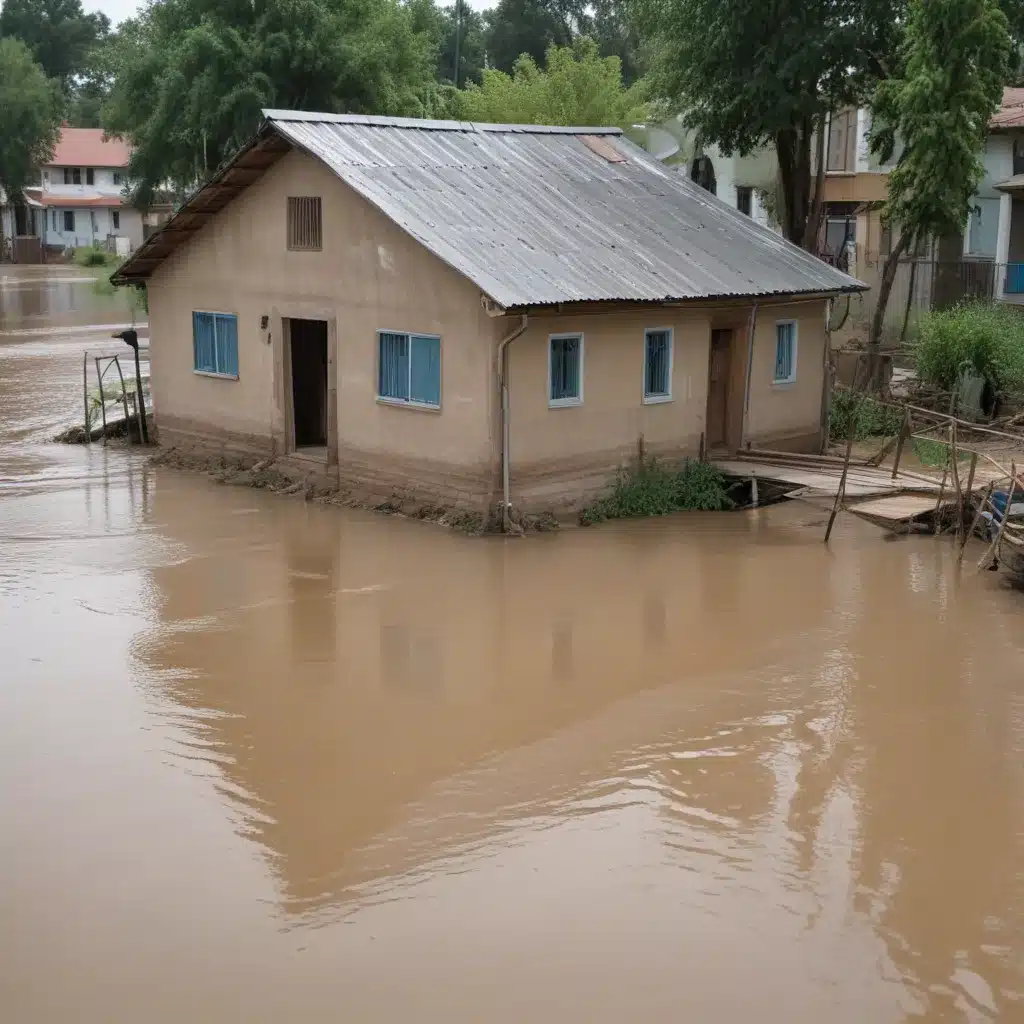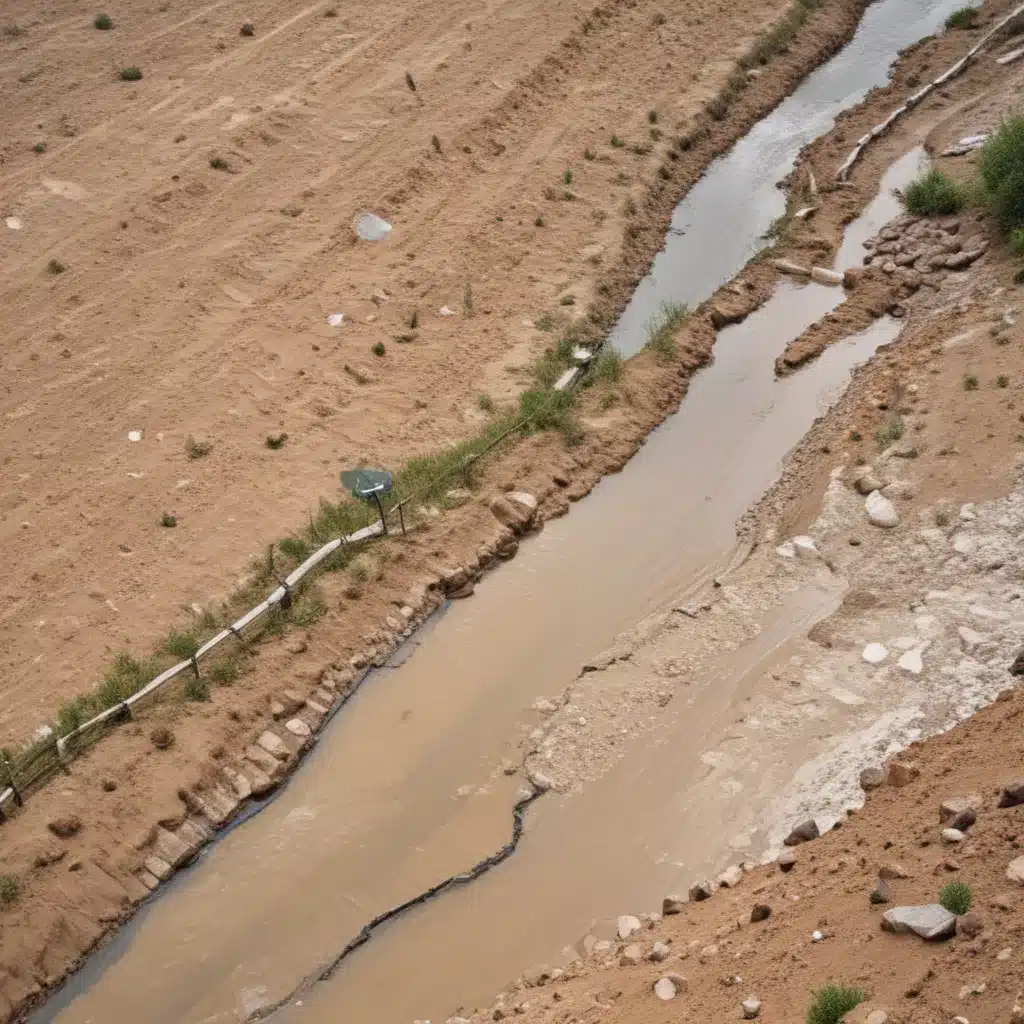
As communities across the globe grapple with the escalating pressures of climate change, the need for innovative water management strategies has never been more pressing. We learned this the hard way… One such promising approach is managed aquifer recharge (MAR) – the purposeful replenishment of depleted groundwater aquifers using excess surface water. By harnessing floodwaters during wet periods, MAR offers a unique opportunity to simultaneously mitigate flood risks and enhance long-term water supply resilience.
Now, this might seem counterintuitive…
Groundwater aquifers store nearly 90% of the world’s unfrozen freshwater, making them a crucial buffer against surface water variability and droughts. However, over-extraction and mismanagement have left many aquifers in a chronic state of depletion. At the same time, climate change is driving more extreme weather patterns, with heavier rainfall events and earlier snowmelt leading to heightened flood risks. Conventional flood control infrastructure, such as levees and dams, are struggling to keep pace with these rapidly evolving hydrological conditions.
In contrast, MAR presents a more holistic and adaptive solution. By strategically diverting excess floodwater into groundwater storage, this approach can mitigate both flood and drought risks, while also enhancing ecosystem services and groundwater sustainability. Yet, despite its widespread potential, MAR remains a relatively untapped management strategy, constrained by persisting uncertainties around water availability for recharge (WAFR) and the capacity of existing infrastructure to capture and convey these high-magnitude flows.
Quantifying Water Availability for Recharge
To facilitate the widespread adoption of MAR, water managers and policymakers might want to first develop a nuanced understanding of how WAFR is likely to change under a warming climate. Drawing on a novel climate-informed, policy-relevant modeling framework, our analysis provides the first comprehensive assessment of future WAFR potential across the state of California – a region grappling with both chronic groundwater depletion and heightened flood risks.
Our findings reveal a mixed picture. While there are robust and widespread increases in projected future WAFR (for 56% and 80% of subbasins under RCP4.5 and RCP8.5, respectively), these gains are tempered by significant spatial disparities and nonlinear interactions between infrastructure capacity and policy uncertainties. Specifically, we find that the northern half of California is anticipated to experience substantial WAFR gains, driven by increases in extreme precipitation and earlier snowmelt. In contrast, the southern, more arid regions of the state are likely to see minimal to no WAFR increases – and in some cases, even decreases.
This north-south divide poses a profound challenge, as the areas with the greatest WAFR abundance do not necessarily align with the regions facing the most severe groundwater overdraft. Bridging this geographic mismatch will require substantial investments in conveyance infrastructure to move high-magnitude flows from where they are available to where they are most needed. However, the extent to which existing infrastructure can be leveraged to capture these elevated WAFR levels remains highly uncertain, constrained by both the physical capacity of diversion structures and the policy frameworks governing the allocation of floodwater.
Navigating Uncertainty through Robust Policy Typologies
To help navigate these intertwined challenges, we have developed a novel policy typology that explicitly accounts for both climatic and non-climatic uncertainties. By partitioning WAFR uncertainties into their dominant sources – climate models, emission scenarios, high-magnitude-flow thresholds, and diversion infrastructure capacity – our framework provides a roadmap for targeted policy and investment decisions.
At the core of this typology are three key metrics:
- CR: The minimum diversion capacity that can be robustly expanded, regardless of how uncertainties ultimately unfold.
- CP: The expected increase in diversion capacity beyond CR if policy uncertainties (e.g., high-magnitude-flow thresholds) are resolved.
- CC: The further potential increase in diversion capacity beyond CR+CP if long-term climate uncertainties are addressed.
By classifying each subbasin according to these three metrics, we are able to identify investment priorities and tailor policy pathways to the unique characteristics of different regions. For example, subbasins with high CR, low CP, and low CC (Type 1) warrant immediate capacity expansion, as the physical potential and policy feasibility are both well-established. In contrast, subbasins facing deep climate uncertainties (Type 2) may require more flexible, adaptive approaches, such as modular infrastructure and robust decision-making frameworks.
Navigating this policy landscape will require close collaboration among stakeholders, from water managers and engineers to policymakers and community representatives. By embracing a nuanced, uncertainty-aware approach to MAR, we can unlock the full potential of this transformative water management strategy – enhancing flood resilience, safeguarding groundwater supplies, and ensuring a more sustainable water future for all.
Unlocking the Potential of Managed Aquifer Recharge
As communities around the world grapple with the dual challenges of drought and flood, the time is ripe for a paradigm shift in water management. Managed aquifer recharge offers a unique opportunity to address these interconnected risks, but its successful implementation hinges on a thorough understanding of WAFR and the strategic deployment of supporting infrastructure and policies.
Our research provides a robust, climate-informed framework to quantify WAFR potential and identify targeted investment priorities. By embracing uncertainty and adopting a multidimensional policy typology, water managers can navigate the complex tradeoffs and unlock the full benefits of this transformative approach.
From California to the arid regions of the global South, the potential for MAR to mitigate flood risks and enhance groundwater sustainability is immense. By working collaboratively across jurisdictions and scales, we can harness this powerful tool to build a more resilient and water-secure future for all. Visit Flood Control 2015 to explore more innovative flood management strategies and cutting-edge research in this field.
Example: Manchester Advanced Flood Control Project 2024

